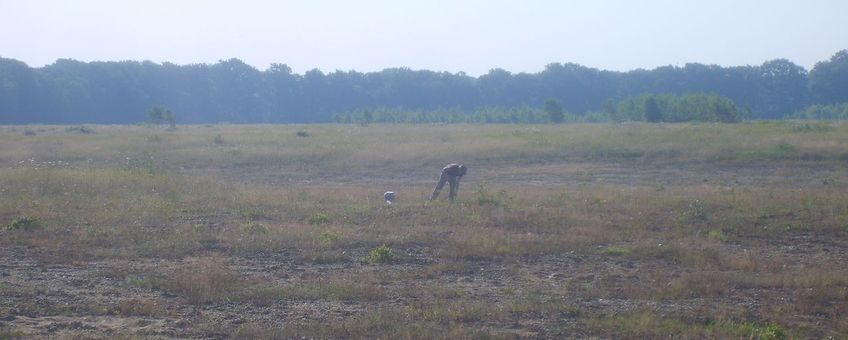
Global comparison shows: soil transplantation boosts nature restoration
Netherlands Institute of Ecology (NIOO-KNAW)From boreal grasslands to tropical forests: the gamut of nature to be restored on our planet is wide. There’s an urgent call for effective restoration methods, but what does actually work? In many places, nature could do with a transplant. Not of vital organs but of soil, with healthy natural areas as donors.
It sounds almost too good to be true: you take some healthy soil including the associated soil life and plant seeds, and you ‘make a donation’ in an area where nature is degraded. Following this ‘soil transplantation’, natural life will recover at an accelerated pace, sustained by soil that is alive and healthy once more. NIOO ecologists had already demonstrated the efficacy of the treatment in the Netherlands, using a layer of soil not even half a centimetre thick. But how well does it work worldwide? No overview was available until an international team led by NIOO expert Jasper Wubs started digging into this, and unearthing hopeful results.

Better chances
The team’s main conclusion is: yes, soil transplantation does work around the world. “From the tropics to the tundras, soil transplantation substantially improves the chances of restoring vegetations with species of high conservation value”, explains Wubs. “Particularly if it’s applied over larger spatial areas.”
Vegetations on sites with transplanted soil (including its associated soil organisms) blossom literally and metaphorically in terms of species count and diversity. Soil transplantation increased the similarity to the reference vegetation by an average of 40 percent compared to hay addition. However, the differences between experiments were substantial. Wubs: “We observed that soil transplantation would either become more and more successful in the longer term or just the opposite.” Success was more likely on loamy soils, the researchers found, and when the treatment was implemented over areas of 180 square meters or larger.
Nature restoration law
What does that mean in practical terms for nature management and policy? “It means that we are now better able to restore biodiverse ecosystems in places where natural regeneration is not enough”, Wubs says. “At the same time, our analysis shows that we need to figure out why restoration is more successful in some cases than in others. The glass is half full, but it could be fuller.”
Nature managers and policy makers should be paying close attention. Especially considering the huge backlog of large-scale nature restoration projects, which would greatly benefit biodiversity and all the ecosystem services that nature is providing. This is why the United Nations declared a Decade of Ecosystem Restoration, and the European Union is coming up with a Nature Restoration Law. But such initiatives can’t be successful without effective restoration measures (i.e. with a lasting effect) and effective ways to benchmark the techniques, as has now been done for soil transplantation.
Unpredictable
“Ecological recovery is tricky and often unpredictable”, Wubs puts it in a nutshell. “People usually only look at aboveground recovery, but we have demonstrated that the groundwork for success is laid below ground.”
More information
- The scientific article: Synthesis on the effectiveness of soil translocation for plant community restoration, published in the Journal of Applied Ecology, 13 February 2023.
To complete this global comparison of soil transplantation projects and their success, these organisations collaborated with NIOO.
Text: NIOO-KNAW
Photos: NIOO-KNAW (leadphoto: soil transplantation at location); Wolfgang von Brackel; Maxmiller Ferreira; Ignacio Santa-Regina, Irnasa-CSIC; Megan Lulow, UCI-Nature
